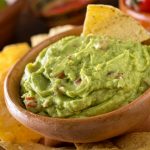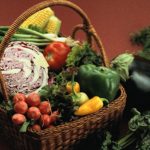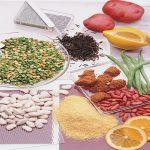
Planning for your children’s return to school this fall should include thinking about how to pack healthy lunches that they’ll enjoy. Try to include children in the process of creating their lunches, including buying food and packing (or helping pack) their lunches. This lets them make their own choices and helps them learn about nutrition, according to Manisha Vaidya, a clinical dietitian at the University of Alabama at Birmingham. Many grocery stores offer a variety of ready-to-pack cut fruits and veggies, as well as dried fruits and unsalted nuts, pre-portioned cheese and single-serve yogurts, hummus and cracker cups, and tuna and chicken pouches. Direct your children to these fruit, veggie, grain and protein products for their lunch shopping and menu planning. A good-quality lunch box, water bottle, thermal beverage container, some cool packs and some reusable containers will help lunches stay cool and fresh, increasing the chances that children will eat more of their lunches, according to a university news release. Ensure food safety. Put an ice pack in your child’s lunch box if they’re having yogurt/deli sandwich/fresh vegetables, or fruits. Teach children about hand sanitation and safe food handling and storage. Create a reward plan with your child for finishing school lunches and choosing healthy snacks. It can be something such as a trip to the bookstore, a play day at the park with… read on >


























-300x200.jpg)







-300x169.jpg)
